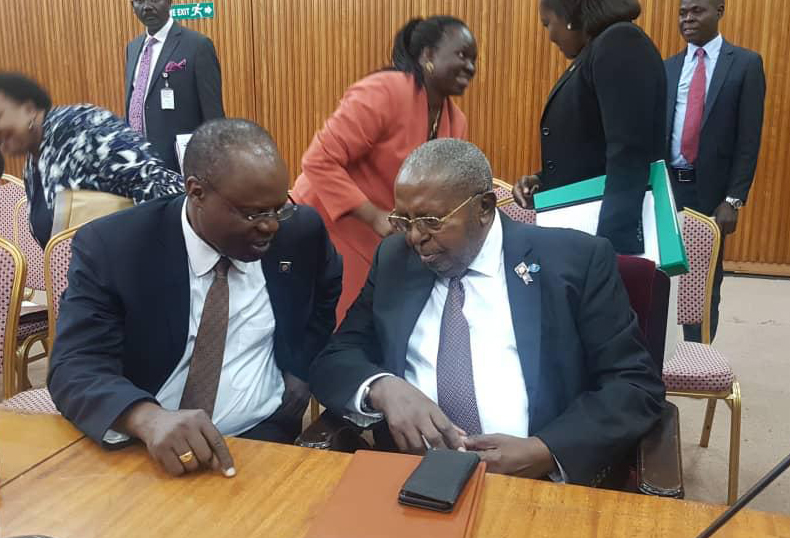
As Parliament’s probe into Bank of Uganda’s closure and sale of several banks, more dirt is being revealed.
The Committee on Commissions, Statutory Authorities and State Enterprises (Cosase) discovered during the proceedings yesterday that 23 properties owned by Teefe Bank and returned to BoU by Solester Auctioneers cannot be traced!
BoU officials have to present original land titles to the committee to prove that the properties were not fraudulently disposed of as is suspected.
The MPs also faulted Bank of Uganda for using a wrong law to close Teefe Bank in 1993. Then Finance Minister Mayanja Nkangi (R.I.P) used the 1969 Banking Act instead of the 1993 Financial Institutions Statute to close Teefe.
Mbarara Municipality MP Michael Tusiime pointed out, quoting the 1993 statute that the minister did not have the powers to close the bank.
Section 31 (2) of the statute states that: “Where, as a result of its inventory under this section, the central bank determines that a financial insitutions is insolvent, the central bank may, in consultation with the minister, close the financial institution on account of its inability to meet its obligations to its depositors and other creditors.”
The ongoing probe has seen BoU officials appear before the committee several times out of design or lack without vital documents.
The ongoing probe is looking into the closure of seven banks including Teefe Bank in 1993, International Credit Bank Ltd in 1998, Greenland Bank in 1999, The Co-operative Bank in 1999, National Bank of Commerce in 2012, Global Trust Bank in 2014 and Crane Bank 2016, whose sale to DFCU sparked the probe after an Auditor General’s report pointed to several irregularities.